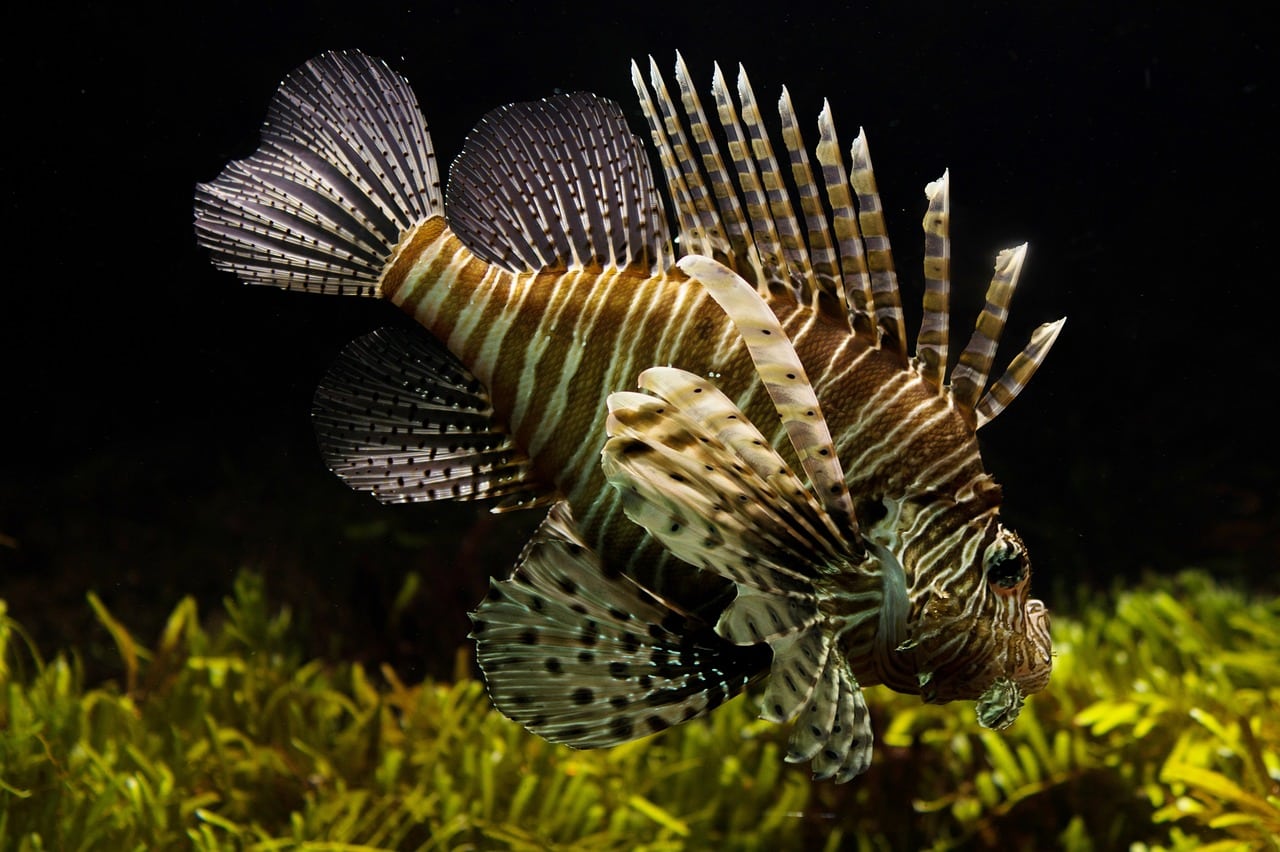How to Treat Common Fungal Infections in Fish?

Fungal infections, they’re the bane of every aquarium enthusiast’s existence. These nasty nuisances don’t just target any fish, they target your fish. That’s right, the same ones you’ve lovingly nurtured and watched swim around your tank. It’s a situation nobody wants to find themselves in, but fear not! By the end of this article, you’ll be equipped with the knowledge and tools to help your fish fight off these common fungal diseases.
Recognizing the Symptoms of Fungal Infections
Not all that glitters is gold, and not all that’s white and cottony is a harmless fuzz. If you’ve noticed certain changes in your fish, it’s likely they’ve been hit with a fungal infection. But how can you be sure? Like most diseases, fungal infections in fish have clear symptoms. Recognizing these early signs is the first step towards effective treatment.
Sujet a lire : What Are the Best Pet-Friendly Indoor Exercises for Cold Weather Days?
Fungal infections in fish are often characterized by cotton-like growths or patches on the fish’s body. These are clusters of fungi that have anchored themselves onto the fish’s skin. They can appear anywhere on the body, but are most commonly seen on the mouth, fins, and gills.
In addition to these physical changes, your fish might also show behavioral symptoms. Infected fish often lose their appetite and become lethargic. They might swim less, spend more time at the bottom of the tank, or even rub their bodies against objects in an attempt to dislodge the fungus.
A lire également : How to Care for a Pet Snake During Winter?
Common Types of Fungal Infections
There are several types of fungal infections that commonly affect fish, but the most common are those caused by fungi from the Saprolegnia and Achlya species. These ubiquitous microorganisms are present in almost all bodies of water and aquariums, but only cause disease when the fish’s immune system is compromised or when water conditions are poor.
Saprolegnia is the most common type of fungus that infects fish. It typically appears as white or gray patches on the fish’s body and can infect both freshwater and saltwater fish. On the other hand, Achlya typically infects fish that have been injured or stressed, and is common in crowded or polluted tanks.
Another common type of fungal infection is caused by the fungus Ichthyophonus. This fungus infects the fish’s internal organs and can cause systemic disease. Fish infected with Ichthyophonus often exhibit weight loss, lethargy, and other signs of systemic illness.
Treating Fungal Infections in Fish
Now that we’ve identified what fungal infections look like and the common types, the next step is treatment. The good news is that most fungal infections in fish are treatable if caught early.
The first step in treating a fungal infection is to improve the conditions in the tank. Fungi thrive in dirty water, so ensuring your aquarium is clean will help suppress their growth. Regular water changes, proper filtration, and monitoring of water parameters like temperature and pH are crucial.
Medication is also an essential part of treatment. Antifungal medications such as Methylene Blue or Malachite Green can be added directly to the tank water. These medications work by disrupting the fungus’s ability to reproduce, thereby halting the infection’s progression.
For severe infections, dips or baths using these medications might be necessary. These baths provide a concentrated dose of medication directly to the infected fish, which can help speed up recovery.
Finally, it’s important to address any underlying issues that might have led to the infection in the first place. This could be anything from poor diet, stress, or injuries, so ensure you’re providing your fish with a balanced diet, a stress-free environment, and proper care.
Preventing Fungal Infections in Fish
Preventing fungal infections is just as important as treating them. After all, prevention is the best medicine.
One of the most effective ways to prevent fungal infections is by maintaining good water quality in your aquarium. Regular water changes, adequate filtration, and stable water parameters can greatly reduce the risk of fungal infection.
Another important preventive measure is quarantine. New fish should always be quarantined before being introduced to the main tank. This allows any potential diseases to be identified and treated before they can spread to other fish.
Lastly, ensuring your fish are stress-free and well-fed can also help prevent fungal infections. A balanced diet supports the fish’s immune system, while a stress-free environment allows them to devote more energy to fighting off potential infections.
In conclusion, remember that fungal infections in fish are common, but they’re also treatable. With early detection, proper treatment, and preventive measures, you can help your fish live a long, healthy, and fungus-free life.
Understanding the Connection between Water Quality and Fungal Infections
It’s impossible to overstate the importance of water quality in preventing and treating fungal infections in fish. Poor water conditions are the perfect breeding ground for the fungi that cause diseases in your aquarium fish. Conversely, maintaining a clean and healthy environment in your fish tank can drastically lower the chances of your fish contracting fungal diseases.
Fish live in a very different environment from us. They are not only surrounded by water, they also breathe it in. Therefore, the quality of the water in your tank directly affects the health of your fish. A tank with poor water quality can stress fish, making them more susceptible to infections. It can also encourage the growth and spread of harmful microorganisms, such as the fungi that cause cotton wool disease and gill rot.
There are several factors that contribute to water quality. These include the water’s pH level, hardness, temperature, and the presence of toxins like ammonia, nitrites, and nitrates. Regularly testing your water and adjusting these parameters as necessary is vital to maintaining a healthy aquarium.
One of the most common causes of poor water quality is overfeeding. Excess food can decay in the tank, creating waste that alters the water’s chemical balance. It can also clog filters, reducing their effectiveness and leading to dirty, stagnant water. To avoid this, only feed your fish an amount they can consume within a few minutes, and remove any uneaten food promptly.
Another common issue is overcrowding. Having too many fish in a tank can cause stress and aggression, as well as lead to an excess of waste. This can quickly degrade water quality, and stressed or injured fish are more prone to fungal infections. A good rule of thumb is to have one gallon of water for each inch of fish.
A Comprehensive Guide to Caring for Infected Fish
Taking care of a sick fish can be a challenge, especially if you’re dealing with a fungal infection. However, with a bit of knowledge and some dedication, you can help your infected fish recover and prevent the disease from spreading to others in your tank.
The first thing to do when you notice signs of a fungal infection is to quarantine the infected fish. This protects the other fish in your tank from being exposed to the fungus. Remember to handle the fish gently to avoid causing additional stress or injury.
Next, start treating the fungal infection. As stated earlier, antifungal medications such as Methylene Blue or Malachite Green can be effective in treating infections. However, remember to follow the manufacturer’s instructions carefully. Overdosing can be just as harmful as the infection itself.
The health of your sick fish also depends on the quality of the water in the quarantine tank. Ensure that the water is clean and that its parameters are within the recommended range for the species of fish you are treating.
Lastly, don’t forget to monitor your fish closely. Keep an eye on their behavior, appetite, and overall condition. If their condition does not improve, or if it deteriorates, it might be time to consult a vet or an aquarium expert.
Conclusion
To sum up, fungal infections in fish are certainly a challenge, but they are not insurmountable. Recognizing the symptoms, understanding the common types of infections, and knowing how to treat and prevent them can lead to successful outcomes. Remember, the key is to maintain good water quality, take preventive measures such as quarantine and feed a balanced diet. With these steps, you can safeguard your fish’s health and maintain a vibrant and disease-free aquarium. After all, a healthy fish is a happy fish.
